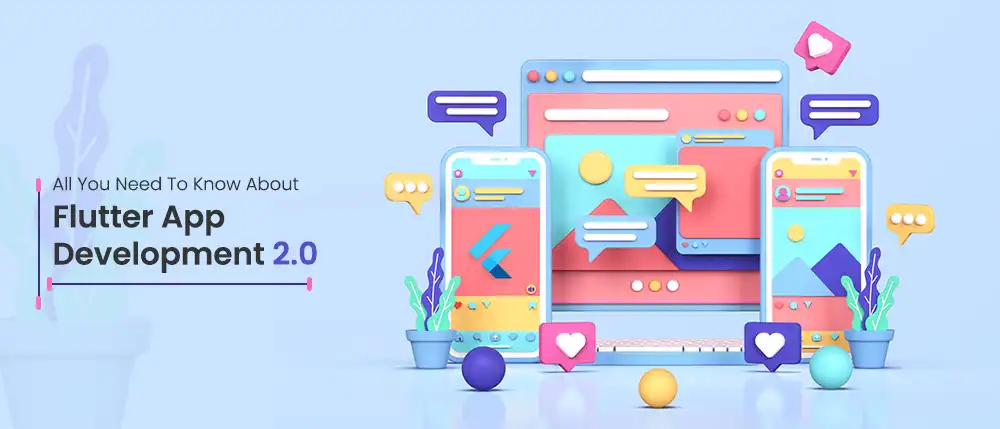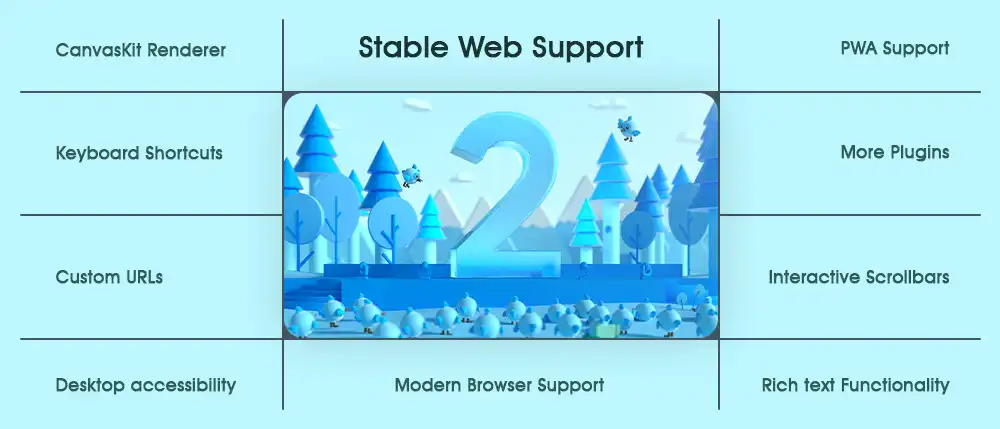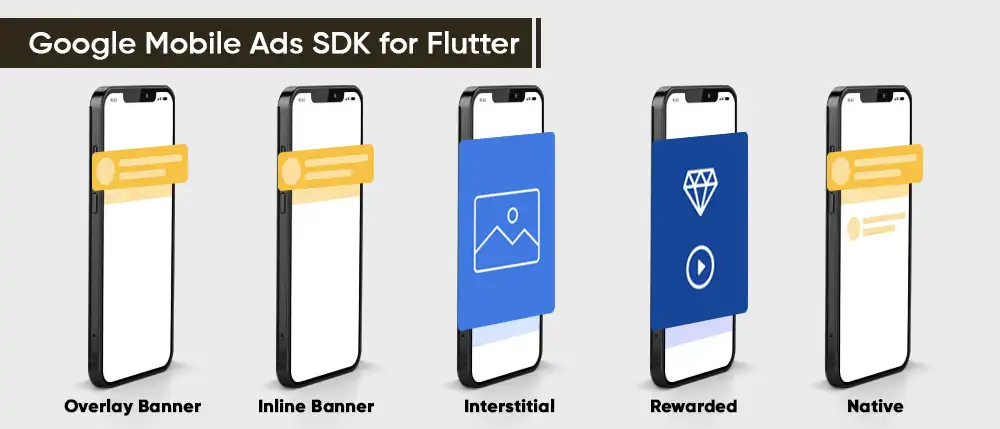-
solutinos
-
Hire
Frontend Developer
Backend Developer
-
NodeJS Developer
-
Java Developer
-
Django Developer
-
Spring Boot Developer
-
Python Developer
-
Golang Developer
-
Ruby on Rails Developer
-
Laravel Developer
-
.NET Developer
Technology
-
Flutter Developer
-
React Native Developer
-
Xamarin Developer
-
Kotlin Developer
-
Cross-Platform Developer
-
Swift Developer
-
MongoDB Developer
-
C Developer
-
Smart Contract Developers
Cloud
-
-
Services
Mobile Development
Web Development
- Work
-
Multi Services App
-
Food Delivery App
-
Grocery Delivery App
-
Taxi Cab Booking App
-
Multi Services App
-
OTT Platform APP
-
Social Media APP
-
Freelance Service App
-
Car Rental App
-
Medicine Delivery App
-
Liquor Delivery App
-
Sports Betting App
-
Online Coupon App
-
eLearning App
-
Logistics & Transportation App
-
Courier Delivery App
-
On-Demand Real Estate App
-
E-Wallet APP
-
Online Dating App
-
Handyman Services App
-
-
Process
-
Company

Flutter app development just got way better and improved with the launch of Flutter 2. If you have been following our blogs on Flutter mobile app development and frameworks in general, you would know that we have always been only praising the app development platform. With its host of features and backing by Google, Flutter development is indeed one of the finest services mobile developers could get today.
And on the 3rd of March, 2021, Google kicked off an event called Flutter Engage and rolled out the next version of Flutter called Fluter 2. It is still open source and this time, it is designed to help developers work on moving beyond developing apps just for mobiles. Code reusability still lies at the fulcrum of Flutter 2 and in this iteration, it offers advanced capabilities and a giant leap in terms of compatibility.
So, if you are a developer looking for ideal Flutter cross platform app development practices, an entrepreneur who intends to launch multi-platform mobile apps across devices and mobile operating systems and a business owner looking to explore other mediums to reach out to your audiences, Flutter app development has some great news. Today, we are going to delve into everything Flutter 2 has to offer and give you an idea of what all you could develop and do on the platform.
Let's get started then.
Flutter 2 Announcement
Before we proceed to know about the improvements and offerings in Flutter 2, we have to acknowledge the tremendous amount of work that has gone at the backend to make this roll out a possibility.
For the uninitiated, Flutter 1.0 was released on 4th December, 2018. Flutter 2 comes after almost two years of development and testing processes. Within this time, reports reveal that close to 24,541 issues from Flutter 1 have been fixed with the help of 765 contributors. And since the launch of Flutter 1.22, 5807 issues have been addressed and fixed with the assistance of 298 contributors. Apart from these, over 17,309 and 4091 PRs have been merged since the launch of Flutter 1.0 and 1.22 respectively.
With so many fixes and modifications, Flutter 2 is finally out to make Flutter app development more wholesome, inclusive and rewarding. Let's check out the features you would get to experience on Flutter 2.0.
Flutter App Development 2.0 Features
Stable Web Development Release

With the second iteration, Flutter app development is no longer restricted to mobile devices. Yes, developers can now work on making applications for the web as well. Web support for apps now officially moves from Beta testing stages to a stable roll out. With this, developers can simply code once and push their apps to the web across diverse browsers as well.
Flutter cross platform app development defines a new meaning with its feature rich offerings designed to offer an interactive experience on web to users. Performance is improved along with rendering, where Canvas-kit Renderer is introduced apart from HTML Renderer. Also, the addition of Link Widget ensures users have a native-like experience on their web applications.
Desktop
Flutter app development now enables desktop compatibility as well with its version 2.0. Launched more like a preview to the actual stable release slated for the year, this feature offers major changes specifically with respect to text editing functionalities, which have now been modified to feel like native.
Precision dragging of the mouse pointer is now enabled, fixing the previously prevailing lag in handling mouse-based inputs. Besides, Cupertino and Material design languages now have preloaded context menus for TextFormField and TextField widgets. Lastly, the ReorderableListView widget also gets grab handles.
Though the widget was convenient on mobiles, desktop developers felt long pressing their mouse to move items around was a little awkward. The desktop version also features the Scrollbar tool to pave the way for interactivity developers would expect on desktop.
Flutter Fix
Flutter app development offers a range of unique features through Flutter Fix. Dart Fix is the new CLI option added to Dart CLI that allows developers to precisely look for deprecated APIs and figure out ways to upgrade their code with such APIs. It also includes a list of probable fixes. Flutter Fix also involves a host of quick-fixes that are just a few mouse clicks away through its extensions for codes like Android Studio IDEs, IntelliJ and VS Code.
Add To Application
This is a boon for developers who don't have the time or budget to develop apps from scratch. With the add-to-app feature, they can now reuse Flutter code for their existing mobile app code base and publish them across platforms like Android and iOS. For those of you looking to build simultaneous versions of Flutter engine, this is an ideal option. If you're looking to get started with this, you can check out the documentation on Flutter.dev and have a look at some sample projects posted as well.
Beta Google Mobile Ads

This whole new plugin allows developers to add inline banner ads and native ads. While Flutter app developmenGoogle Mobile Ads SDK for Fluttert already provided developers the ability to add interstitials, rewarded video commercials and overlay banners, the new feature – still in beta stage – allows developers to test out two new ad variants. By showing compatibility with Admob and Ad Manager, developers can tailor their advertisement sizes based on requirements.
Flutter Folio
With Flutter 2, it is clearly evident that Flutter app development is all about empowering developers with all the tools and practices they need to develop apps not only for mobile devices but for the web and even desktops. With so many operating systems, input devices and mechanisms and screen sizes involved, how can developers make their app built on one single code base function well across all the barriers or rather mediums?
Well, the answer to this is the introduction of Flutter Folio. With this, developers can check out how they could make their apps adaptive to different platforms and devices and find resources that would help them achieve stability across all the factors. They can do so by exploring the source code of Flutter Folio.
Wrapping Up
Apart from these, Flutter app development is further improved with the launch of Flutter DevTools to debug Flutter apps and brand new iOS-specific features. The arrival of version 2.0 marks significant changes in the Flutter app development spectrum. Developers can now code better and make use of these features to launch more interactive and stable apps.
However, if you felt that these were too technical and that you want to simply get a universal app for all devices and platforms out, we suggest you leave the technicalities to us and focus on other crucial business operations. We are a veteran Flutter app development company, offering cutting edge Flutter app development services. Our team has been one of the first batches of Flutter developers when it launched way back in 2018.
Your idea is in safe hands with us and our expertise is all that you need to stand out from the clutter and carve a brand value for your app. So, get in touch with us for expert Flutter app development requirements today.



